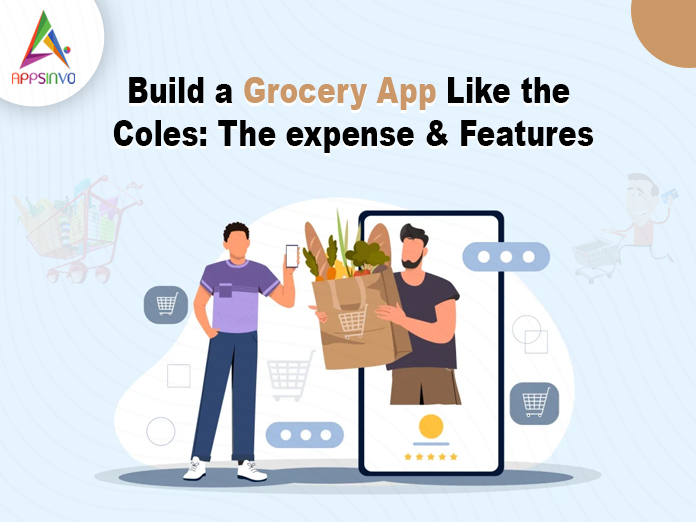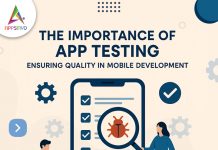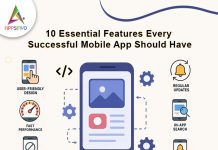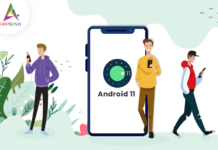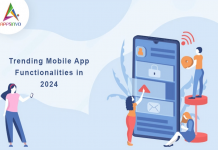Developing a supermarket app similar to Coles necessitates meticulous planning, execution, and a thorough understanding of the costs and features required for success. The following sections explain the critical components when building a grocery store app, including pricing and crucial features that will improve the customer experience and boost engagement.
1. Market Research and Planning.
Before beginning development, implement extensive market research to understand your target audience, competition, and industry trends. This phase usually requires:
Cost: $5,000 – $15,000
Activities: include surveys, focus groups, and an examination of existing grocery applications.
2. Design and UX/UI
A visually appealing and intuitive design is essential for user retention. Invest in building user-friendly interfaces that make navigating easier and improve the buying experience.
Cost: $10,000 – $25,000
Key Design Elements:
- Simple and clean layout.
- Navigation is intuitive.
- Responsive design for mobile and tablet devices.
- High-quality product photos
3. Development Costs
The majority of expenses will be incurred during the development period. The cost varies substantially depending on the platform (iOS, Android, or both) and the complexity of the features.
- Cost: $30,000 – $150,000
- Development Options:
- Native Apps: There are distinct applications for iOS and Android.
- Cross-Platform Apps: A single app that runs on both platforms, built with frameworks such as React Native or Flutter.
4. Essential Features
To compete effectively, your grocery app should include a variety of features that address customer needs. The following are important functionalities to consider:
a. User Registration and Profile
Allow users to build accounts, maintain preferences, and view the history of their orders.
- Key features:
- Social media login choices
- Profile management and shopping functionality.
b. Product Catalogue.
Provide a comprehensive catalog so that users may simply browse products.
Key features:
- Categories and subcategories make navigation easier.
- Filters & Search Options
- Detailed product information and photos.
- Stock Availability Status
c. Shopping Cart and Checkout.
Build a smooth shopping cart experience with different payment choices.
Key features:
- Add or delete items from your cart.
- Secure electronic payment systems (credit/debit cards and e-wallets)
- Order Details and Confirmation
- Option to save payment information for future transactions.
d. Delivery and Pick-Up Options
Provide various delivery and pickup options to accommodate a variety of user preferences.
Key features:
- Real-time tracking of delivery
- Planned delivery timings.
- In-store pickup possibilities
- Customize your delivery area.
e. Promos and Discounts
Engage users with promotions, discounts, and loyalty programs.
Key features:
- Coupon codes provide functionality.
- Loyalty point system
- Short-term discounts and seasonal promotions.
e. Offers and Discounts
Engage users with promotions, discounts, and loyalty programs.
Key features:
- Coupon codes provide functionality.
- Loyalty point system
- Short-term discounts and seasonal promotions.
f. User feedback and ratings
Allow users to offer product feedback so that other shoppers can make more informed judgments.
Key features:
- Star Rating System
- The comment section for reviews.
- Ability to report inappropriate material.
g. Notifications and Alerts
Use push notifications to keep users up to date on their orders, specials, and new arrivals.
Key features:
- Order Status Updates.
- Personalized offers based on buying habits and replenished item alerts.
h. Analytics Dashboard.
Integrate an analytics dashboard to help managers monitor user behaviour, sales, and inventory.
Key features:
- Real-time sales statistics.
- Engagement with Users Metrics.
- Inventory Management.
5. Maintenance and Support.
After launch, it’s essential to provide continuing maintenance and upgrades to ensure the app functions properly and stays competitive.
Cost: $5,000 – $15,000 per year
Activities:
- Regular updates and bug fixes.
- User support and feedback management
- Improve the system to accommodate new technology.
6. Marketing and Promotion
Invest in marketing efforts to help your grocery app gain traction with users.
Cost: $10,000 – $50,000
Marketing Strategy:
- Advertising on social media platforms.
- Partnerships among influencers.
- SEO and content marketing.
- Promotion and referral initiatives.
Conclusion
Developing a supermarket app like Coles is a multidimensional process that involves meticulous strategy, investment, and execution. By focusing on essential features, analyzing expenses, and prioritizing user experience, you can build a successful app that fulfills the expectations of modern consumers. With the correct strategy, your grocery app may become the go-to platform for people looking for ease and quality when grocery shopping.


